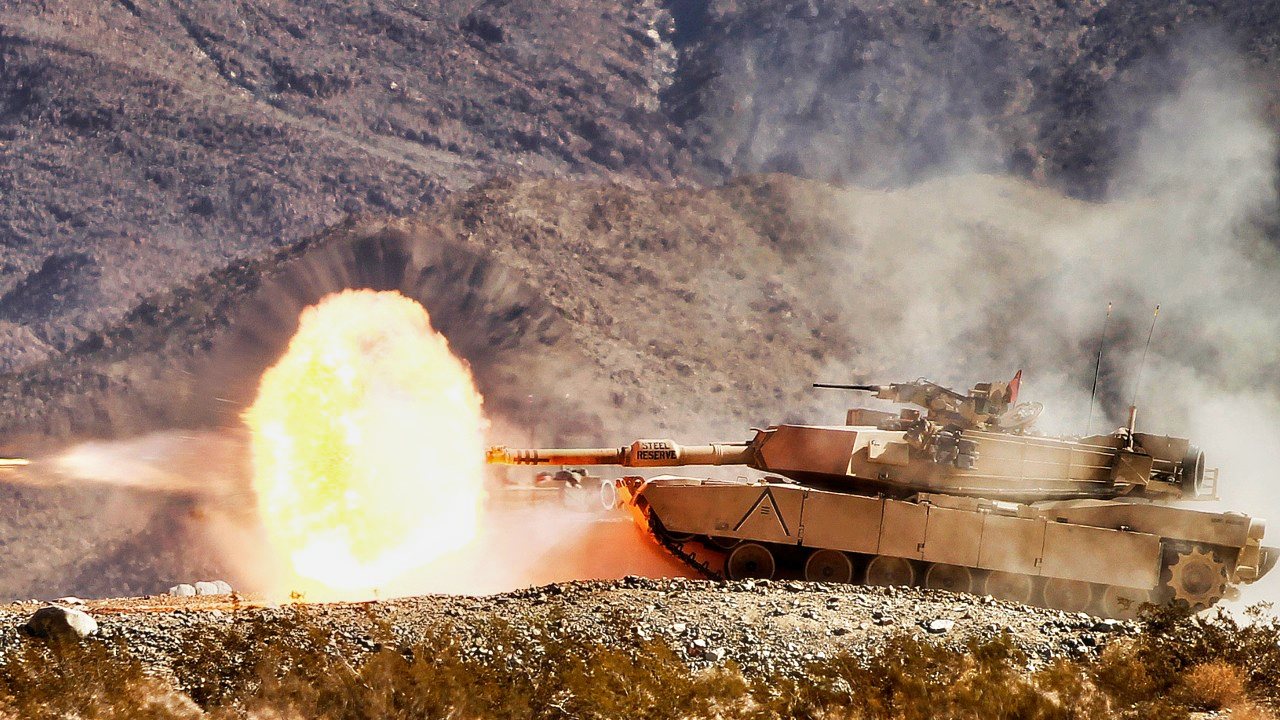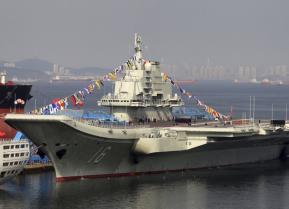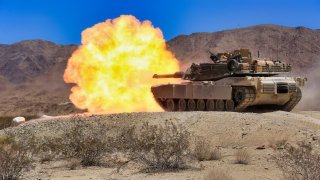Why the U.S. Marines Got Rid Of Their Tanks
The United States Marine Corps' decision to ditch its tanks came before Russia launched its unprovoked invasion of Ukraine and has seen thousands of its tanks destroyed by man-portable anti-tank guided missiles (ATGMs) and unmanned aerial systems (UAS), including loitering munitions.
The United States Marines Dumped Its Tanks – Did It Make the Right Decision? - In March 2020, the United States Marine Corps announced it would undergo an ambitious 10-year transformation plan, one that would see it change from being a "second land army" and back to its maritime roots.
That will include its ability to defend ships at sea, take part in island-hopping operations, and battle for contested coastlines, all in preparation for potential conflict with near-peer adversaries such as China.
As part of the transformation, the service – which was founded in November 1775 as the Continental Marines and consisted of just two battalions – has eliminated its entire tank force, including all of its tank battalions as well as its bridging companies.
The changes were meant to allow the Marine Corps to be better optimized to meet the demands of the United States National Defense Strategy. This focus began last in 2019, when the service began force design activities focused on adapting capabilities to properly shape the Marine Corps' contributions to naval warfare and joint force operations.
As part of the seemingly ambitious plan, the USMC announced that it would also scale back the total number of infantry battalions from 24 to 21, artillery cannon batteries from 21 to five, and amphibious vehicle companies from six to four. In addition, the Marines could cut back on the problem-plagued MV-22 Osprey, attack, and heavy-lift squadrons – and would even reduce the number of F-35B and F-35C fifth-generation stealth fighters per squadron from 16 to just 10.
No More Tanks for the U.S. Marines?
Notably, the biggest part of the change was that the Marine Corps shipped its tanks to the U.S. Army, as the reorganization efforts brought an end to the USMC 1st Tank Battalion, which was activated on November 1, 1941, at Camp Lejeune, North Carolina and attached to the 1st Marine Division.
Tanks from Companies A and B took part in the landings at Guadalcanal in August 1942 and had their first major encounter with the enemy on August 21.
The shifting of gears had been a long time coming, as the service steadily deactivated its tank units. In total, about 1,300 Marines were impacted by the tank deactivations.
"We must first divest of legacy programs in order to generate the resources needed to invest in future capabilities," then-Commandant of the Marine Corps Gen. David Berger stated in the Force Design 2030 in December 2021.
At the time of the initial overhaul announcement, the Corps had 452 tanks at its disposal.

By December 2020, 323 had been transferred to the U.S. Army, while the remaining tanks had been scheduled for transfer by the end of this year, which included tanks in overseas storage and aboard maritime prepositioning ships, according to Marine Corps Systems Command.
A Tankless Marine Corps
Berger had also said that should armor be needed by the Marine Corps, he would look to the U.S. Army to provide that capability, while at the annual Modern Day Marine Military Expo in September 2020, the former commandant emphasized that the Army's job was to be big, heavy and lethal while Marines must be light and expeditionary.
"Army is huge," Berger explained. "We need a big Army. They win our wars. The Marine Corps doesn't win the wars. We win the battles."
Yet, some retired Marines and others in U.S. defense circles had questioned the change and whether it had diminished the Corps' versatility, the Marine Corps Times previously reported.
"The fact that the U.S. Army of 1965 was designed to fight Soviet tank armies in Europe did not stop President (Lyndon) Johnson from sending it to Vietnam to fight insurgents and a regional power," explained retired Marine Col. Mark Cancian, a senior adviser with the Center for Strategic and International Studies, in a 2020 study. "A Marine Corps custom-designed for distributed operations on islands in the Western Pacific will be poorly designed and poorly trained for the land campaigns it is most likely to fight."
Yet, Marines have still found themselves on the battlefields of Korea, Vietnam, Persian Gulf, and Afghanistan, while Cancian also questioned whether the U.S. Army would be willing or even able to share any of its tanks if needed.
Lessons From Ukraine
The United States Marine Corps' decision to ditch its tanks came before Russia launched its unprovoked invasion of Ukraine, and has seen literally thousands of its tanks destroyed by man-portable anti-tank guided missiles (ATGMs), and unmanned aerial systems (UAS) including loitering munitions.
According to recent figures, the Russian military has lost 2,200 tanks out of a force that had consisted of 3,500 before the war began.
Based on how the Kremlin's tanks fared – and how the Western-made MBTs like the Leopard 2 and Challenger 2 failed to be the miracle weapons Kyiv hoped for – it would seem that the Marine Corps made the right move. In a future war, they'll be able to say they lost no tanks, simply because they had none to lose!
However, tanks continue to see service around the world, including in Ukraine. That's because while drones have proven successful, it was largely because there haven't been successful tools to counter them. Tanks have survived even as anti-tank rifles, land mines, bazookas, and RPGs were developed to destroy them.
Tanks will, therefore, continue to have a place on the battlefield.
As for whether the United States Marine Corps made the right call, it depends on where it finds itself in the next conflict. Only then will history be able to judge the decision to ditch the tanks.
Author Experience and Expertise
Peter Suciu is a Michigan-based writer. He has contributed to more than four dozen magazines, newspapers, and websites with over 3,200 published pieces over a twenty-year career in journalism. He regularly writes about military hardware, firearms history, cybersecurity, politics, and international affairs. Peter is also a Contributing Writer for Forbes and Clearance Jobs. You can follow him on Twitter:@PeterSuciu.


